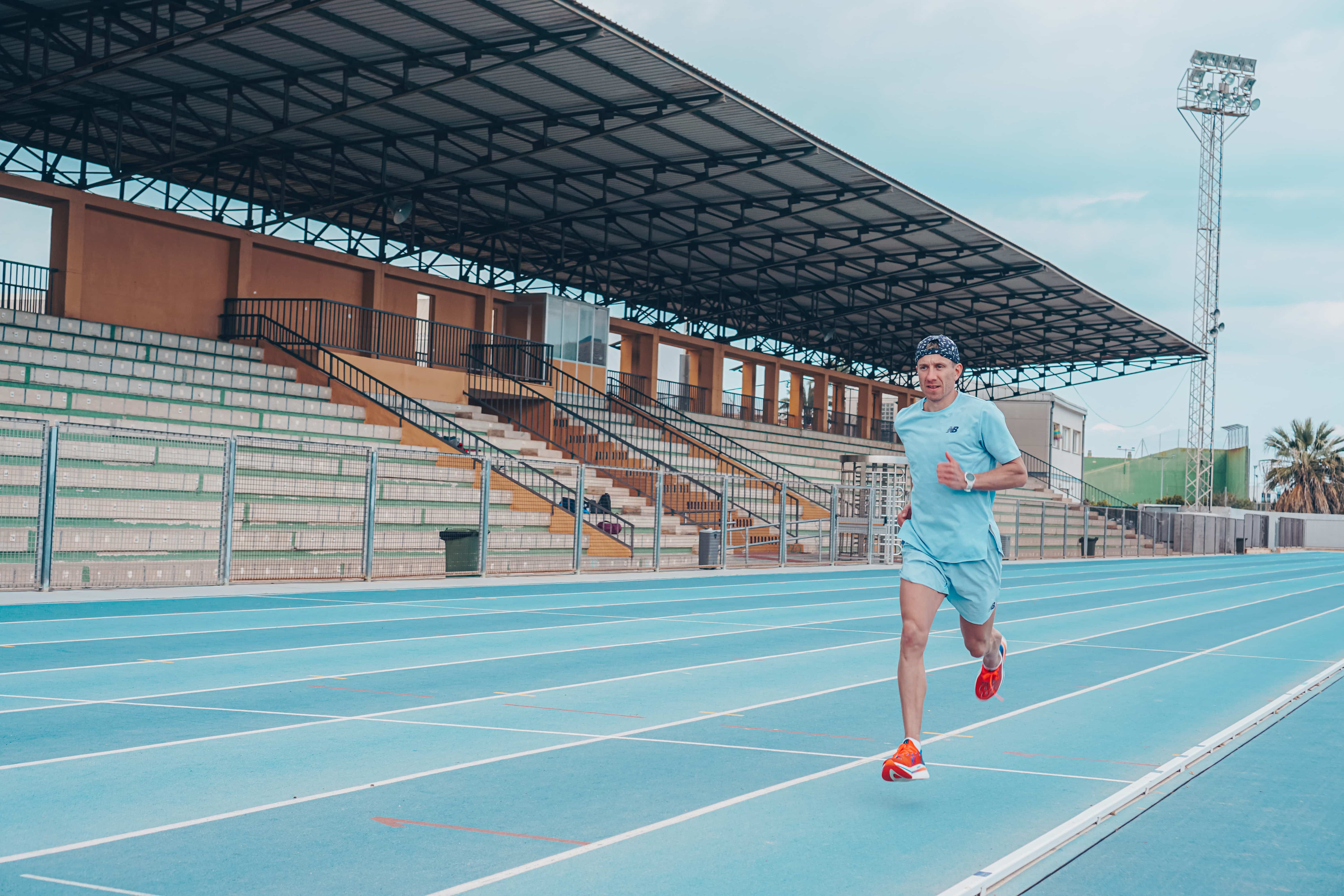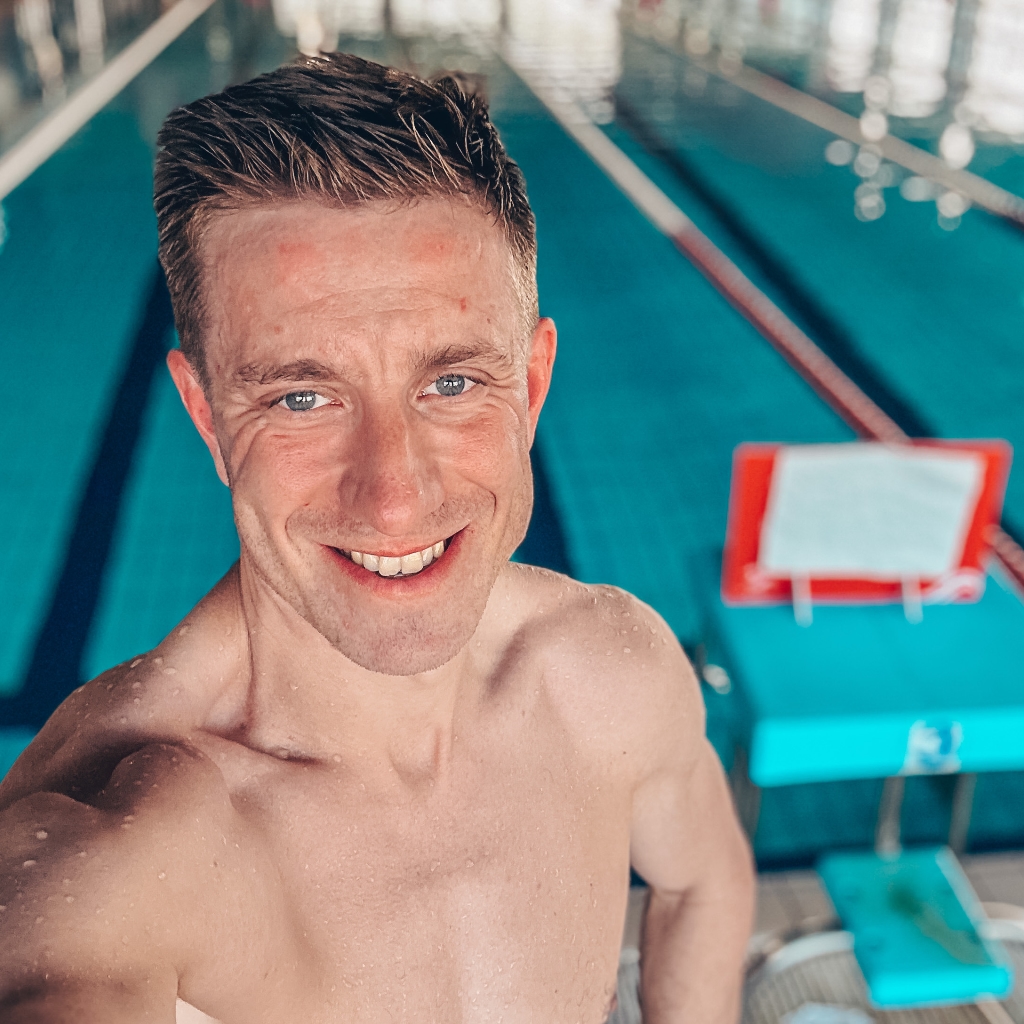Running in water… now that seems like overkill. Oh no—it’s actually an intriguing idea for post-injury training, rehabilitation, or spicing up your regular running routine. Of course, it takes some ingenuity, but that’s what buoyancy aids and imagination are for, right? Check out how Bartek Olszewski, better known as the "Warsaw Runner," made it work!
Running or Swimming?
Why do you run instead of swim?
I might not start this interview on the best note, but I just don’t like swimming [smile]. The sports I’ve always practiced have somehow been connected to running, and that’s how I got into it. I love the fact that it’s such an accessible sport, and above all, that competitions and the chance to compete are so widely available. But… someday, purely for fun, I’d like to take part in a triathlon, so I guess I’ll have to make peace with the swimming pool eventually.
Running in Water for Injuries?
Is it more about improving technique, rehabilitation, or building strength? Who is aqua jogging for?
In my opinion, it’s most effective for rehabilitation. It completely relieves the body of impact. The only challenge might be injuries around the hips that make the running motion difficult. Aqua jogging engages the entire movement apparatus, with arms working as they do in running. Certain muscles, like hip flexors (which are often neglected by runners), are strengthened. Aqua jogging is also used as a supplement to running when you want to reduce overall strain but still spend a specific amount of time working at high intensity.
Do you run in running gear and shoes, or in a swimsuit with a buoyancy belt?
It’s best to dress as you would for the pool. I tried wearing running shorts, but I ended up with terrible chafing [smile]. A swimsuit works best, along with a swim cap if required, a buoyancy belt, and… that’s it! Nothing else is needed. Just remember, your head has to stay above the water. I use a belt that provides buoyancy up to 105 kg (for my weight of just under 70 kg).
Water Running Training
How does such training work? Is it done in a pool or also outdoors?
You need a pool deep enough so you don’t touch the bottom. You jump in and try to mimic a running motion. At first, it might not be easy, but you’ll get the hang of it quickly.
- Begin with slow movements and gradually speed up
- Move your arms forward and backward—avoid lateral movements
- Maintain a straight posture. You’ll slowly move forward, very slowly
- Pay attention to cadence. Smartwatches can track this. I aim for a high cadence—higher than normal running, even up to 200 movements per minute—to maintain intensity, as it’s easy to just move your limbs without getting tired
- Progress to intervals. For example, run with maximum effort to the middle of the pool, then return at a relaxed pace. Repeat 15 times. This allows you to work hard and maintain running fitness
For water running, these types of workouts are essential. Once you gain experience, you can tie a resistance band to a dock and run in place. This can be very intense, but with longer breaks, it’s possible to execute excellent training sessions.
Will there be more water running sessions? A training program? A trend? Competitions? Does water running have a future?
When I got the green light to return to regular running, I paused water running for a while. Traditional running is more engaging [smile], but I can confidently say that water running was a game changer.
When I resumed land running, I may have been a little sore, and my heart rate was higher—this is normal. However, after a five-week break, my running felt fluid and correct. My technique remained intact, and I didn’t feel fatigued. I remember that in 2018, returning to running felt like relearning the sport. This time, water running kept my body from forgetting how to run. I just needed to rebuild my endurance—but not in the water anymore [smile].
Interview by: Maciej Mazerant / Editor-in-Chief of AQUA SPEED Magazine
Photos from the private archive of Bartosz Olszewski | The Warsaw Runner





